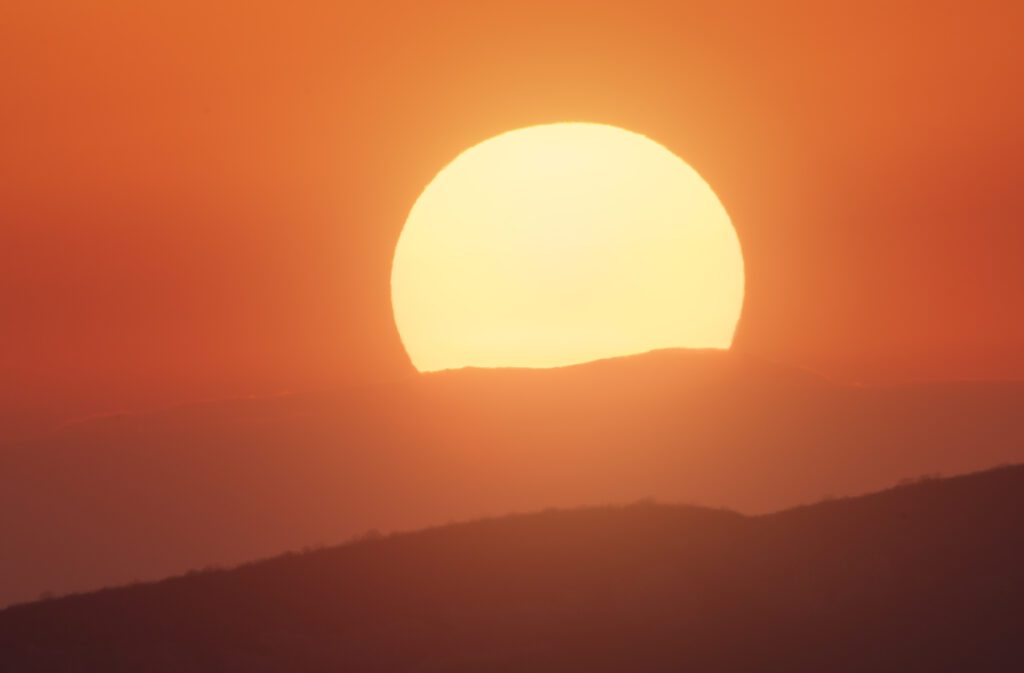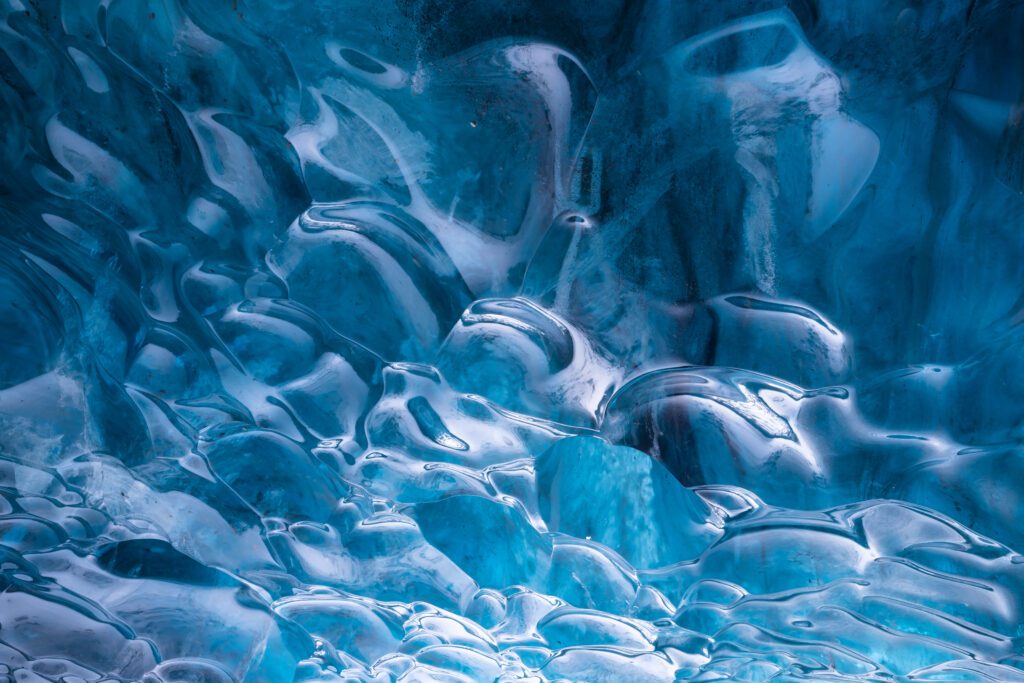Hot & Cold Weather Concrete

Hot Weather Concrete
Hot weather can lead to many problems in mixing, placing and curing of concrete. Hot weather is defined as any combination of high ambient temperature, high concrete temperature, low relative humidity, solar radiation and wind velocity. The effects of any combination of the above can lead to rapid evaporation of moisture. This is is the primary cause of plastic shrinkage cracks, thermal cracking, permeability and decrease in compressive strengths. Hot weather can also affect water tightness and uniformity of surface appearance in concrete. An effort should be made to keep the concrete temperature as low as practical. The easiest way to keep concrete cool during hot weather is using ice in place of some of the water during batching. Ice added during batching will extend the concrete setting time during hot weather. This allows you more time to finish your concrete as desired.
Hydration Stabilizer (sometimes referred as Retarder) Hydration Stabilizer is a chemical admixture that is used during hot weather. It will improve workability during placement and slow the rate of setting time, thus giving you more time to finish your concrete. Retarder will also lower the rate of heat evolution and increase compressive strengths. Retarder is often used with ice to achieve maximum desired effects during hot weather concrete pours.

Cold Weather Concrete
Is a non-corrosive, non-chloride admixture. It accelerates hydration, which results in shorter setting time and increases early compressive strengths. This is often used during cold winter-weather concrete placement. This additive is added at the plant during batching.
Calcium Chloride
Acts the same as a non-chloride accelerator but it is not recommended for use where there is reinforcing steel, metal decks or electrical conduit. This additive is added at the plant during batching.
Hot water is added at the plant during batching when cold weather is present. Hot water accelerates set up time and strength. Cold weather concrete usually starts during the fall and continues until spring. Cold weather is defined as a period when, for more than 3 consecutive days, the following conditions exist: 1) the average daily air temperature is less than 40 degrees F. 2) the air temperature is not greater than 50 degrees F for more than one-half of any 24-hour period. The average daily air temperature is the average of the highest and lowest temperatures occurring during the period from midnight to midnight.
Our Locations
Sacramento Ready-mix
Elk Grove
Ready-mix
Elk Grove, CA 95624
Office: 916.685.9774
Fax: 916.685.1911
Roseville
Ready-mix
Roseville, CA 95678
Office: 916.782.9150
Fax: 916.685.1911